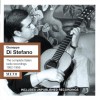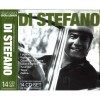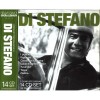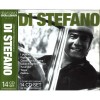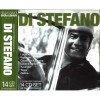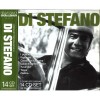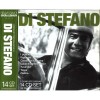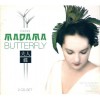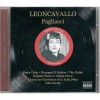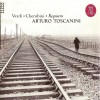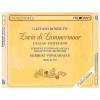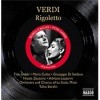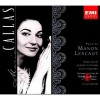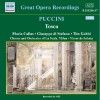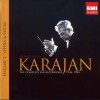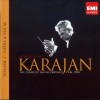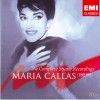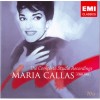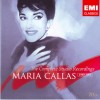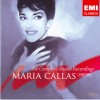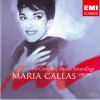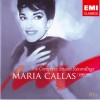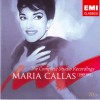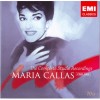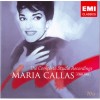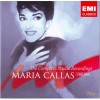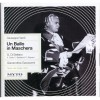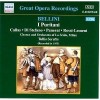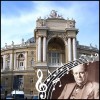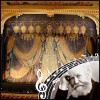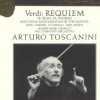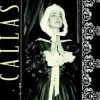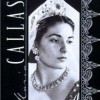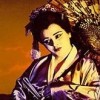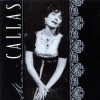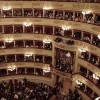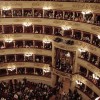| Voice/Instrument: |
Biography
Giuseppe Di Stefano (24 July 1921 – 3 March 2008) was an Italian operatic tenor whose career lasted from the late 1940s to the early 1970s. He was also known for his long association with the soprano Maria Callas, with whom he performed and recorded many times, and with whom he was romantically involved for a brief period.Contents [hide]
Biography
Giuseppe Di Stefano was born in Motta Sant'Anastasia, a village near Catania, Sicily. He was the only son of a carabiniere turned cobbler and his dressmaker wife. Di Stefano was educated at a Jesuit seminary and briefly contemplated entering the priesthood.
After serving in the Italian military, Di Stefano made his operatic debut in 1946 in Reggio Emilia as Des Grieux in Massenet's Manon, the role in which he made his La Scala debut the following year. The great beauty of his lyric tenor voice quickly won him international attention and he was duly engaged by the Metropolitan Opera in New York. He made his New York debut in 1948 as the Duke in Verdi's Rigoletto. He went on to perform regularly in New York for many years. In 1957, Di Stefano made his British debut at the Edinburgh Festival as Nemorino in L'elisir d'amore and his Royal Opera House, Covent Garden, debut in 1961, as Cavaradossi in Tosca.
As a singer, Di Stefano was admired for his excellent diction, unique timbre, passionate delivery and, in particular, for the sweetness of his soft singing. In his Metropolitan Opera radio broadcast debut in Faust, he attacked the high C forte and then softened to a pianissimo. Sir Rudolf Bing said in his memoirs that this was the most beautiful sound he had heard come out of a human throat during his many years as general manager of the Metropolitan Opera.
But the heavier roles that Di Stefano began to take on during the 1950s were not really suitable for a lyric tenor. His voice deteriorated and, by the mid-1960s, he had all but ended his operatic career.
During his years of international celebrity, he won a gold Orfeo, an Italian musical award similar to America's Oscar.[1]
In 1953 Walter Legge, leader of HMV (EMI)s classical wing, wanted a tenor to record all the popular Italian operas with Maria Callas and chose Giuseppe di Stefano. They did not sing together on stage as often - but the live recording of "Un Ballo in Maschera" from La Scala gives a fine impression of his art and dramatic impact on stage. He sang Alfredo to Callas in the famous Visconti production of "La Traviata" in 1955 at La Scala: a live recording exist on cd. In 1973, Di Stefano accompanied Callas on her final recital tour, an undertaking that was eventually aborted in 1974 due to the vocal shortcomings of both singers. His final operatic role was as the aged Emperor in Turandot, in July 1992.
Tenor Luciano Pavarotti said he modelled himself after Di Stefano, a fact that gained much attention after Pavarotti's death in September 2007. However, on the 1992 PBS television program "Pavarotti and the Italian Tenor", [2] a vocal coach explained that Di Stefano's technique was fundamentally faulty because he did not use the passaggio in his voice as he should have. Nonetheless, Di Stefano still managed to enjoy a significant operatic career, despite facing stiff competition during the 1950s and '60s from such outstanding fellow tenors as Mario del Monaco, Franco Corelli, Carlo Bergonzi, Nicolai Gedda, Jon Vickers, Richard Tucker and, prior to 1960, Jussi Björling.




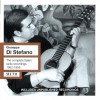
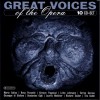

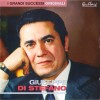

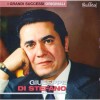
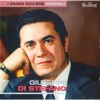
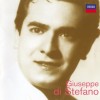
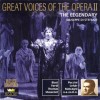
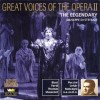
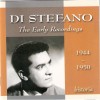


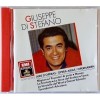
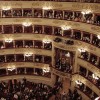







![Maria Callas - Verdi - Un Ballo in Maschera (1956) [Remastered 2014]](http://static.classicalm.com/repository/composition-cover/small/42643-img1625240743219916.jpg)
![Maria Callas - Puccini - La Boheme (1956) [Remastered 2014]](http://static.classicalm.com/repository/composition-cover/small/42638-img1625169757364135.jpg)
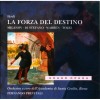
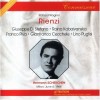
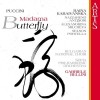
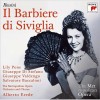
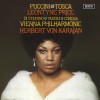
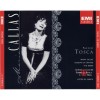
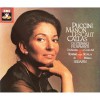
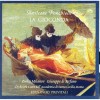
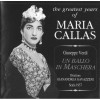
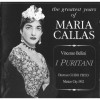
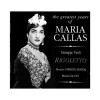
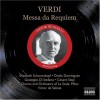
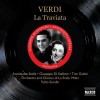
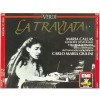
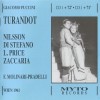
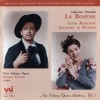
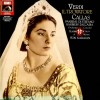
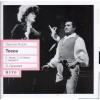
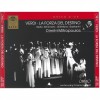
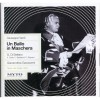
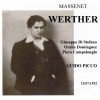

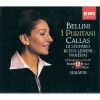
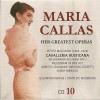
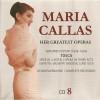
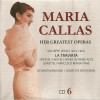
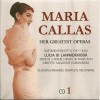
![Maria Callas - Verdi Rigoletto (1955) [Remastered 2014]](http://static.classicalm.com/repository/composition-cover/small/22933-img1423156980313386.jpg)
![Maria Callas - Verdi Il trovatore (1956) [Remastered 2014]](http://static.classicalm.com/repository/composition-cover/small/22931-img1423155163750703.jpg)
![Maria Callas - Puccini Tosca (1953) [Remastered 2014]](http://static.classicalm.com/repository/composition-cover/small/22928-img1423138940430395.jpg)
![Maria Callas - Puccini Manon Lescaut (1957) [Remastered 2014]](http://static.classicalm.com/repository/composition-cover/small/22927-img1423136118297826.jpg)
![Maria Callas - Mascagani Cavalleria Rusticana (1953) [Remastered 2014]](http://static.classicalm.com/repository/composition-cover/small/22924-img1423134322201589.jpg)
![Maria Callas - Leoncavallo I Pagliacci (1954) [Remastered 2014]](http://static.classicalm.com/repository/composition-cover/small/22923-img1423132863490208.jpg)
![Maria Callas - Donizetti Lucia di Lammermoor (1953) [Remastered 2014]](http://static.classicalm.com/repository/composition-cover/small/22921-img1423060717720780.jpg)
![Maria Callas - Bellini I Puritani (1953) [Remastered 2014]](http://static.classicalm.com/repository/composition-cover/small/22918-img1423059531190042.jpg)
